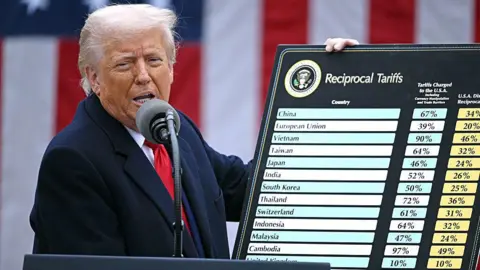 AFP via Getty Images
AFP via Getty ImagesDonald Trump announced a sweeping new set of reciprocal tariffs on Wednesday, arguing that they would allow the United States to succeed.
“This is one of the most important days in my opinion in American history,” Trump said at a speech in the White House Rose Garden. “It’s our declaration of economic independence.”
Trump’s tariffs, which he will impose via executive order, are expected to send economic shockwaves around the world. The White House released a list of roughly 100 countries and the tariff rates that the US would impose in kind.
Here are the basic elements of the plan.
10% baseline tariff
In a background call before Trump’s speech, a senior White House official told reporters that the president would impose “baseline tariffs” on all countries.
That rate is set at 10% and will go into effect on 5 April.
“We’re going to start being smart, and we’re going to be wealthy again,” Trump said at the event.
He argued that Americans were being “ripped off,” and that raising tariffs on foreign imports would help restore US manufacturing, reduce taxes, and pay down the national debt.
Trump and White House staffers portrayed the current tariff rates as lenient, compared to the maximum the administration could impose.
Some countries will only face the base rate. These include:
- United Kingdom
- Singapore
- Brazil
- Australia
- New Zealand
- Turkey
- Colombia
- Argentina
- El Salvador
- United Arab Emirates
- Saudi Arabia
Custom tariffs for ‘worst offenders’
White House officials also said that they would impose specific reciprocal tariffs on roughly 60 “worst offenders”, to go into effect on 9 April.
These countries impose higher tariffs on US goods, impose “non-tariff” barriers to US trade or have otherwise acted in ways the government feels undermine American economic goals.
The White House official said each tariff would be tailored to the specific targeted country.
“We’re being very kind,” Trump said at his White House event. The tariffs were not fully reciprocal he said, because he would impose a “discounted” reciprocal rate less than what his staff had determined to fully match the trade impact of a given country’s trade policies.
The key trading partners subject to these customised tariff rates include:
- European Union: 20%
- China: 34%
- Vietnam: 46%
- Thailand: 36%
- Japan: 24%
- Cambodia: 49%
- South Africa: 30%
- Taiwan: 32%
No additional tariffs on Canada and Mexico
Canada and Mexico are not mentioned in these new tariff announcements.
The White House says that they would deal with both countries using a framework set out in previous executive orders, which imposed tariffs on Canda and Mexico as part of the administration’s efforts to address fentanyl and border issues.
He previously set those tariffs at 25%, before announcing some exemptions and delays to their implementation.
25% tariffs on auto imports
In addition, the president announced the US would impose a “25% tariff on all foreign made-automobiles”.
Those tariffs would go into affect almost immediately, at midnight on 3 April.
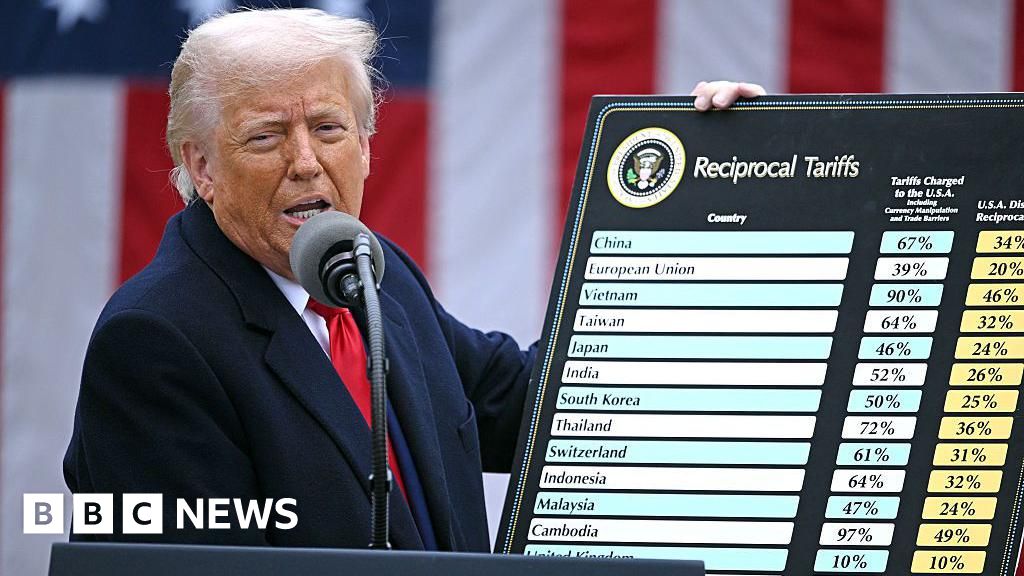

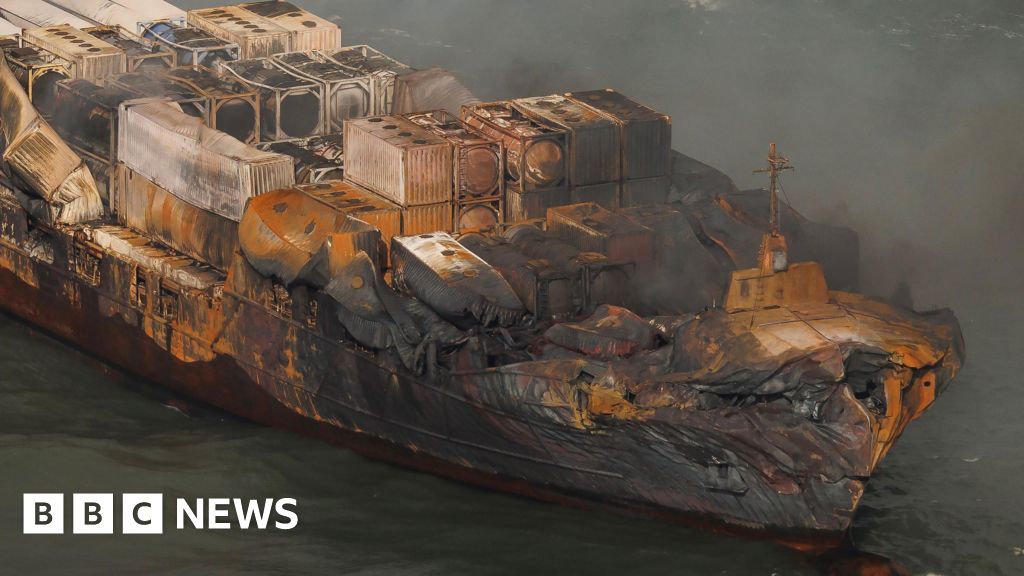

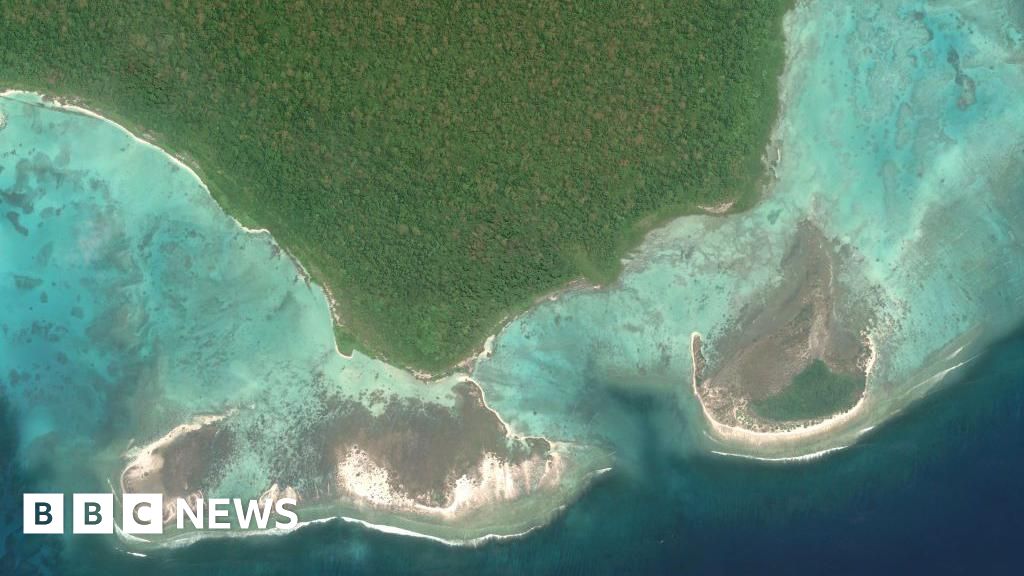








Leave a Reply